Alfa Romeo Tonale Review: A Good Car, But Not A Great Alfa
There’s an easy way for car companies to gain some sales volume these days: make a mid-sized crossover. For reasons that still somewhat evade us, the entire world gobbles up these cars with the appetite of a moth in a branch of Primark.
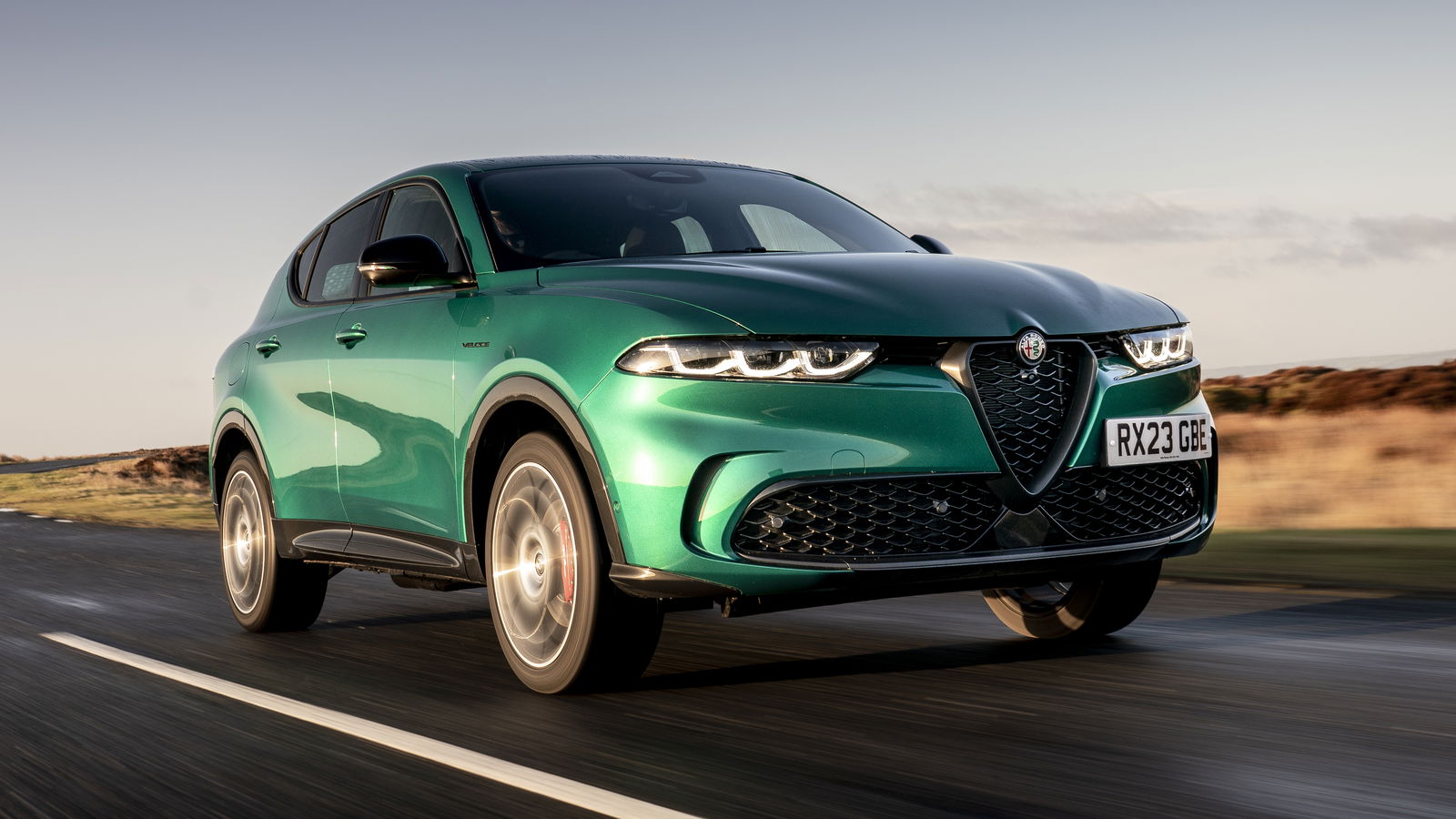
Pros
- Better to drive than the average family crossoverInterior is a marked improvement over recent Alfas
Cons
- Powertrain feels breathless most of the timeDoesn’t feel as special as an Alfa should
There’s an easy way for car companies to gain some sales volume these days: make a mid-sized crossover. For reasons that still somewhat evade us, the entire world gobbles up these cars with the appetite of a moth in a branch of Primark. The Alfa Romeo Tonale, then, is an important car for its maker.
The Tonale arrived amid a purple patch for Alfa products. The Giulia and Stelvio, in both snorty Quadrifoglio and four-cylinder guises, are pretty much the best-driving cars in their classes, and the new electric Junior Veloce is by all accounts a hoot too.
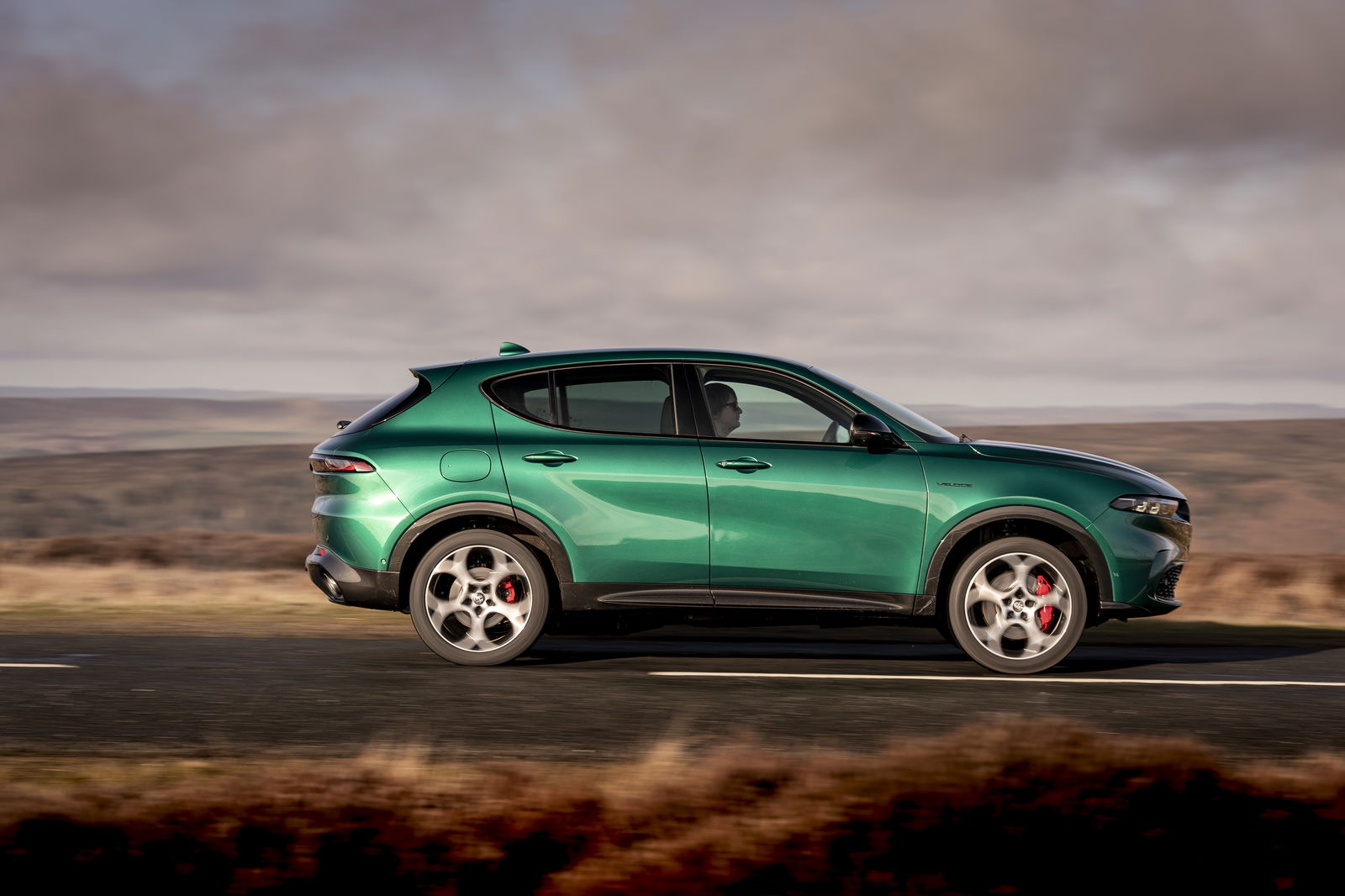
The Giulia and Stelvio, though, are based on a rear-drive platform developed just for them, and the Junior makes use of well-proven underpinnings from parent company Stellantis (as will future Alfas). The Tonale, meanwhile, makes do with a box of bits originating in the early Fiat-Chrysler era. It’s on the newest version of its platform, but even that dates back to the now eight-year-old Jeep Compass.
To the credit of Alfa’s engineers, they’ve done what they can with this ageing and not particularly sporty kit to try and inject some of the excellence found in the Giulia and Stelvio. The Tonale has a characteristically rapid steering ratio (14.8:1), a front e-diff, and a specific suspension setup, including two-valve Marelli dampers.
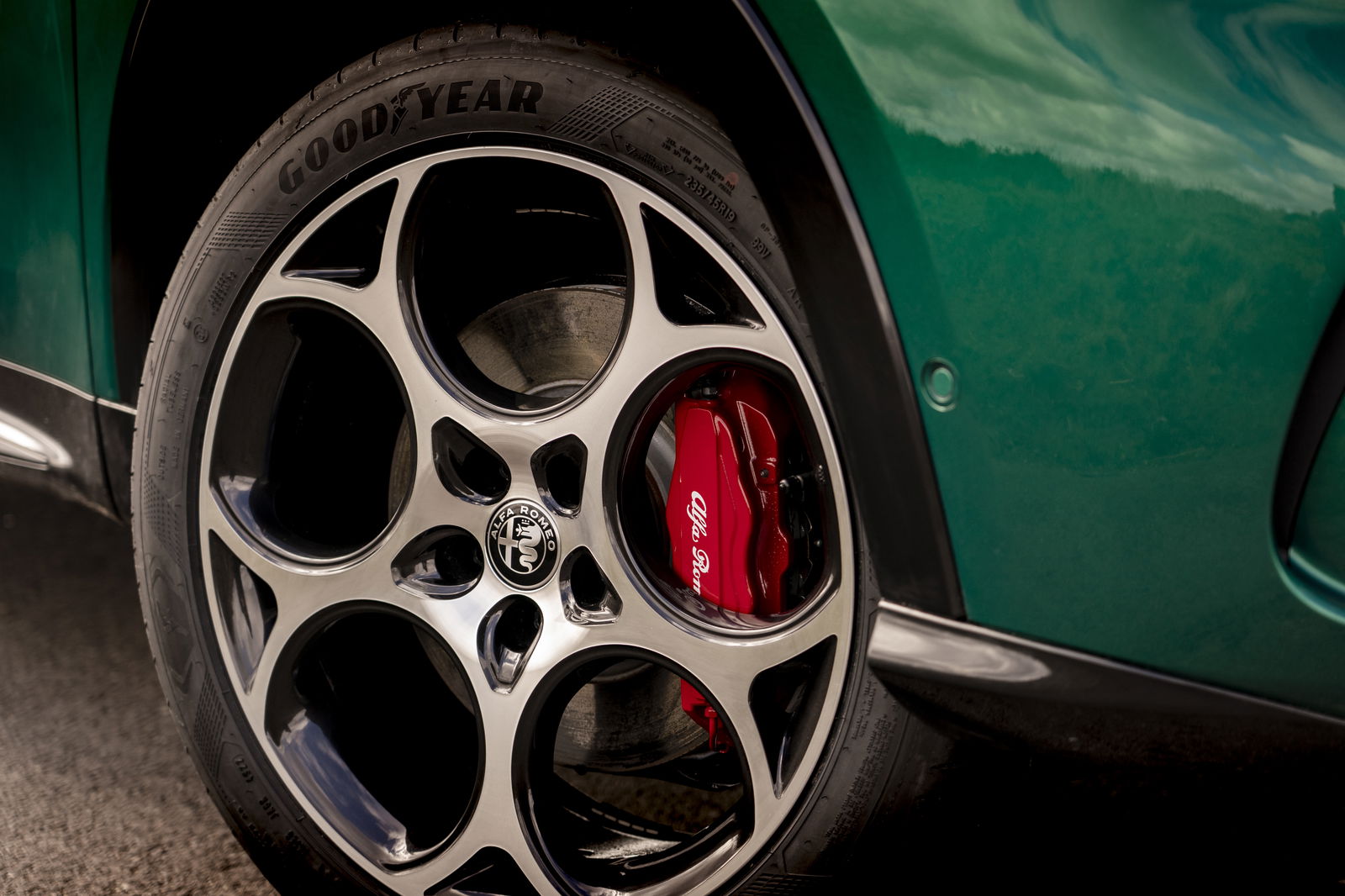
In the UK, we get exclusively electrified powertrains. The entry point is a front-drive mild hybrid 157bhp 1.5-litre turbo four, while we’ve been driving the top plug-in hybrid. Here, a 1.3-litre turbo petrol engine sends 178bhp to the front wheels, and it’s joined by a 121bhp electric motor on the rear axle, for a peak of 276bhp. That’s channelled through a six-speed automatic.
This provides promising enough figures: 0-62mph in 6.2 seconds, a top speed of 128mph, and, because it’s a PHEV, a laughably optimistic combined 217mpg.
The reality is a bit different. In its normal setting, even with juice in the battery, the whole powertrain feels laboured and breathless, with a laggy throttle and sluggish gearbox. It’s especially noticeable out in the countryside, but twizzle the little drive mode selector to ‘D’ for Dynamic, and there’s a marked improvement – throttle response is much sharper, the gearbox is quicker, and everything’s injected with more of the verve you’d expect from an Alfa.
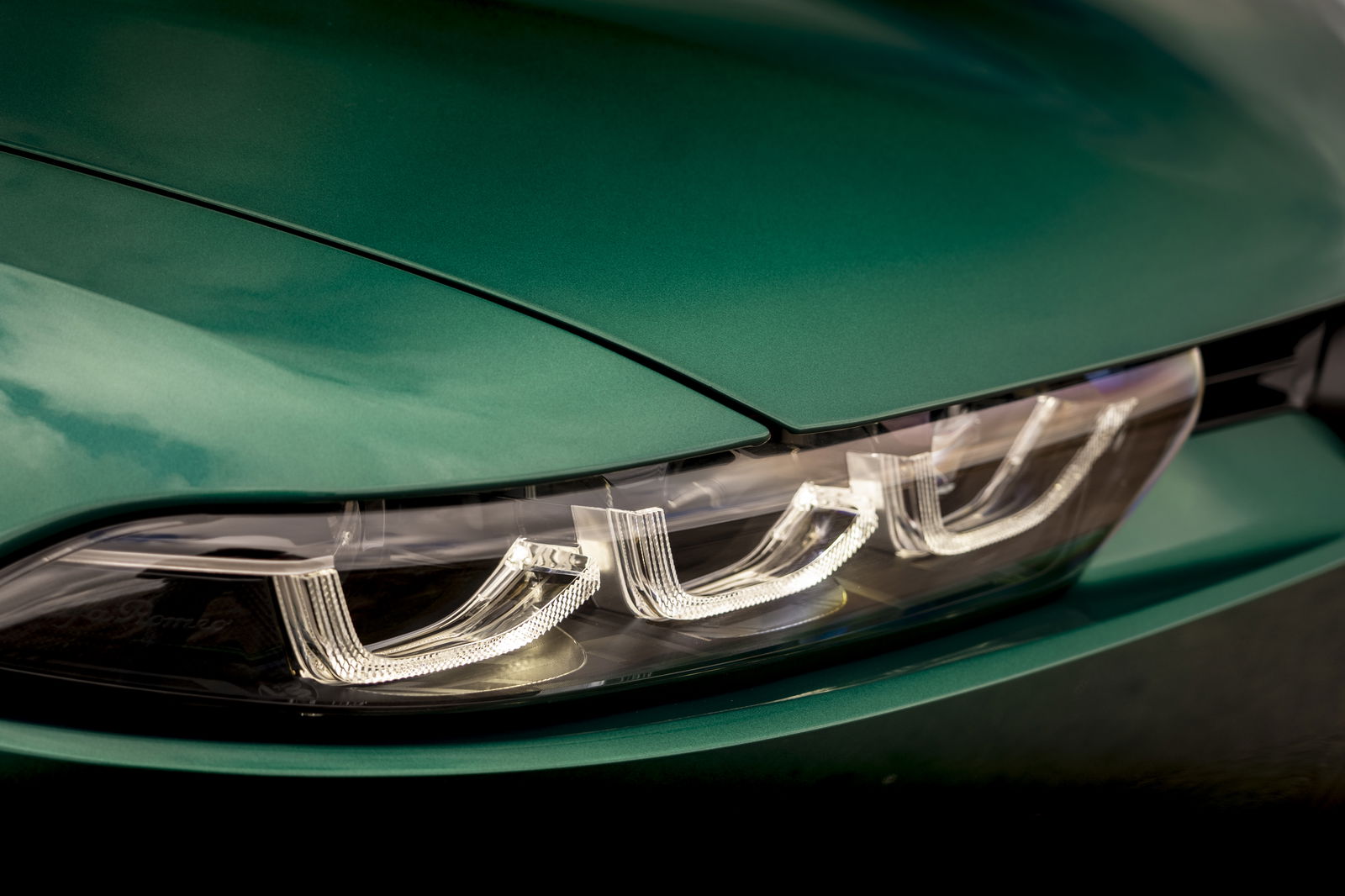
The tradeoff is much higher fuel consumption, as Dynamic mode naturally prioritises the petrol engine and clings on to lower gears for longer. In this setup, I was only just cracking 30mpg. It does crank up the regen braking, though, so even if charging opportunities are far between, you should have enough juice to whoosh about on electricity when you get to a town.
The work of the chassis team hasn’t been in vain. The Tonale is more fun to hustle about than the typical family crossover, with a pointy front end, decent grip and impressively controlled body roll. That’s aided by the quick and remarkably feelsome steering. In fact it’s so quick it can get a bit nervous and edgy – again, Dynamic mode corrects this to an extent.
Alfa’s brake-by-wire system makes an appearance, now aided by a degree of regen, but it’s better judged than in the Giulia and Stelvio, with more accuracy and a less spongy-feeling pedal.

The suspension is well judged, too – it’s deft and graceful when dealing with bigger compressions. The Tonale’s sporting bent means its ride errs towards the firmer end of the scale, but it’s nothing bone shattering. As a driver’s car, the Tonale was always going to be betrayed somewhat by its ageing Jeep underpinnings, but it does a commendable job with what it has.
On the inside, there’s more family resemblance to the wider Alfa range, but everything feels a little more high-end and solid. Once again, in a development that would have been unthinkable a decade ago, Alfa has brought one of the more sensibly laid out interiors to its class.
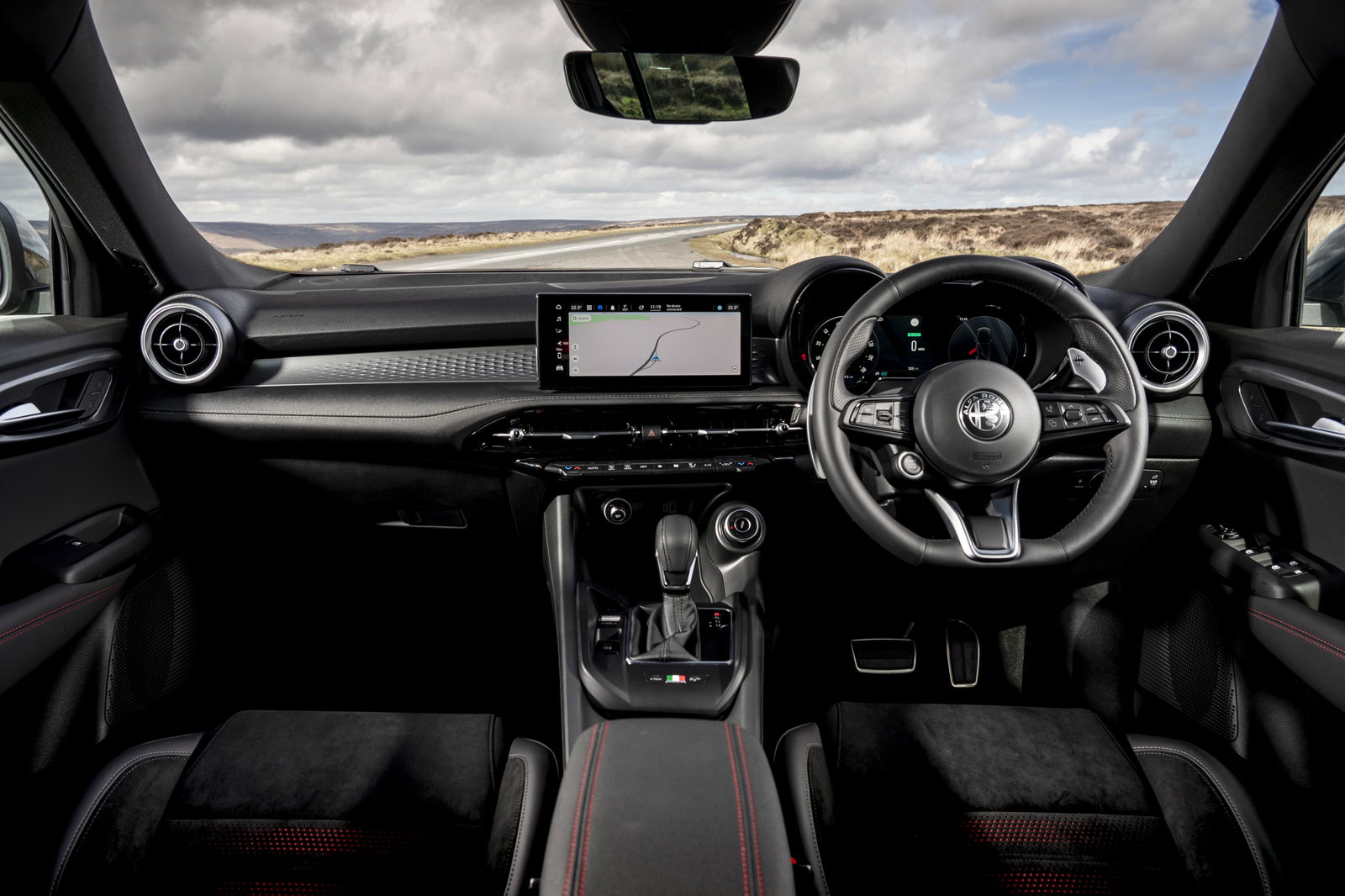
There are proper switches for all the important stuff, and the infotainment screen is sensibly laid out but it’s a shame it lacks the little iDrive-style rotary controller that its older relatives have. The big aluminium paddles on this Veloce version – once again borrowed from the Giulia and Stelvio – are a nice touch.
The chunky front seats are excellent and there’s plenty of space up front, but in the back things are a bit more claustrophobic, and that dramatic upsweep in the windowline means you’re left with an enormous blind spot. Good thing you get lots of cameras and sensors.
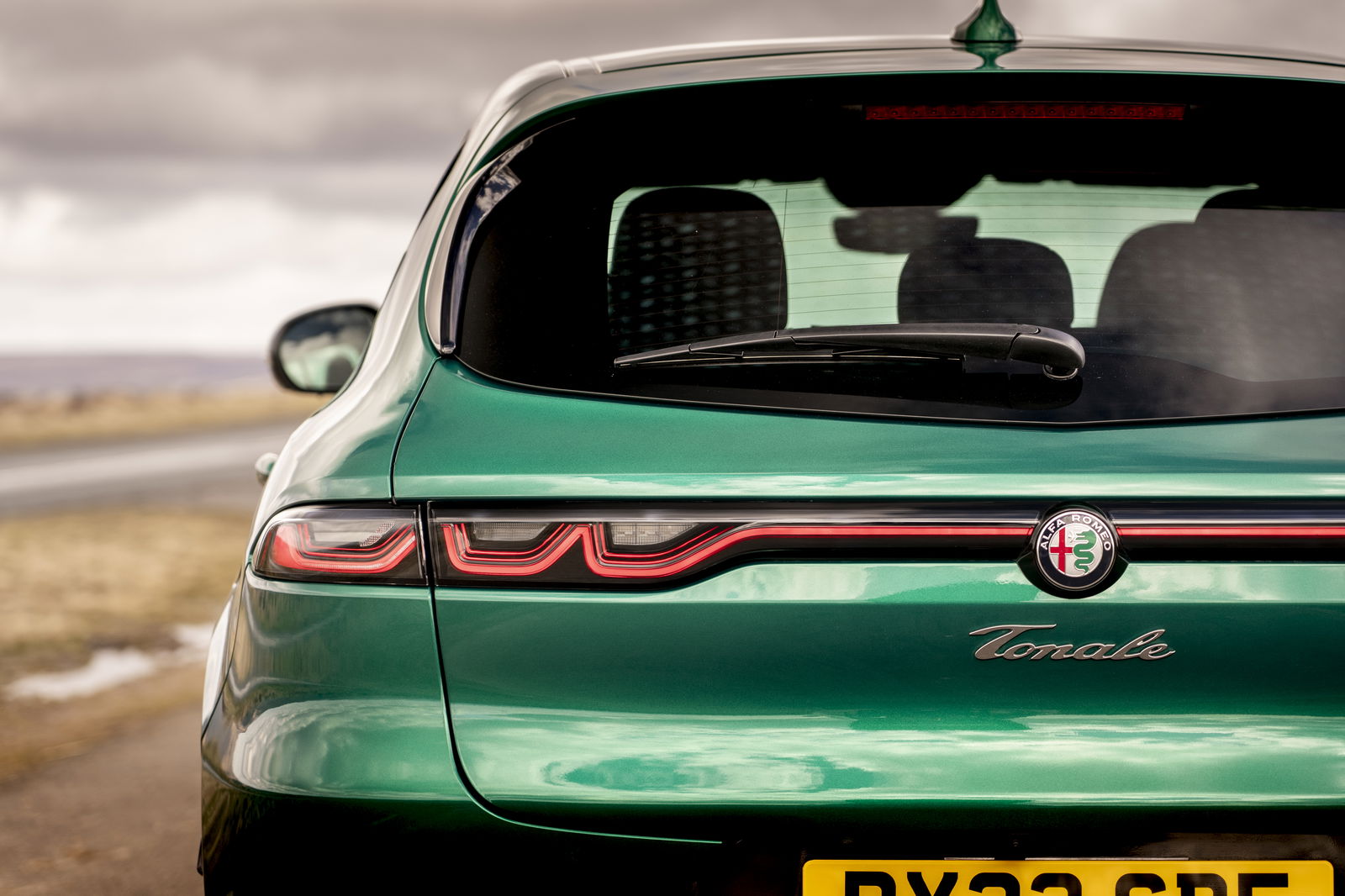
It’s all boding fairly well for the Tonale so far, but there are a few things holding it back, including the fact that it’s a bit odd to drive unless in its sportiest setting. That feels like something that could have been refined if Alfa had been able to have more freedom with this car, as it did with the Giulia and Stelvio. In reality, it had to work with what it had, and other things betray this too.
On right-hand drive cars, for instance, something in the drivetrain means there’s a massive, bulbous intrusion into the driver’s footwell, right where you want to rest your left leg. You have to perform some kind of masonic handshake with the car to totally switch off its horribly intrusive lane keep assist, and at one point, the display confidently told me that a tourist-choked Cotswold village had a 145mph speed limit. These are small niggles, but they matter in this extremely busy category.
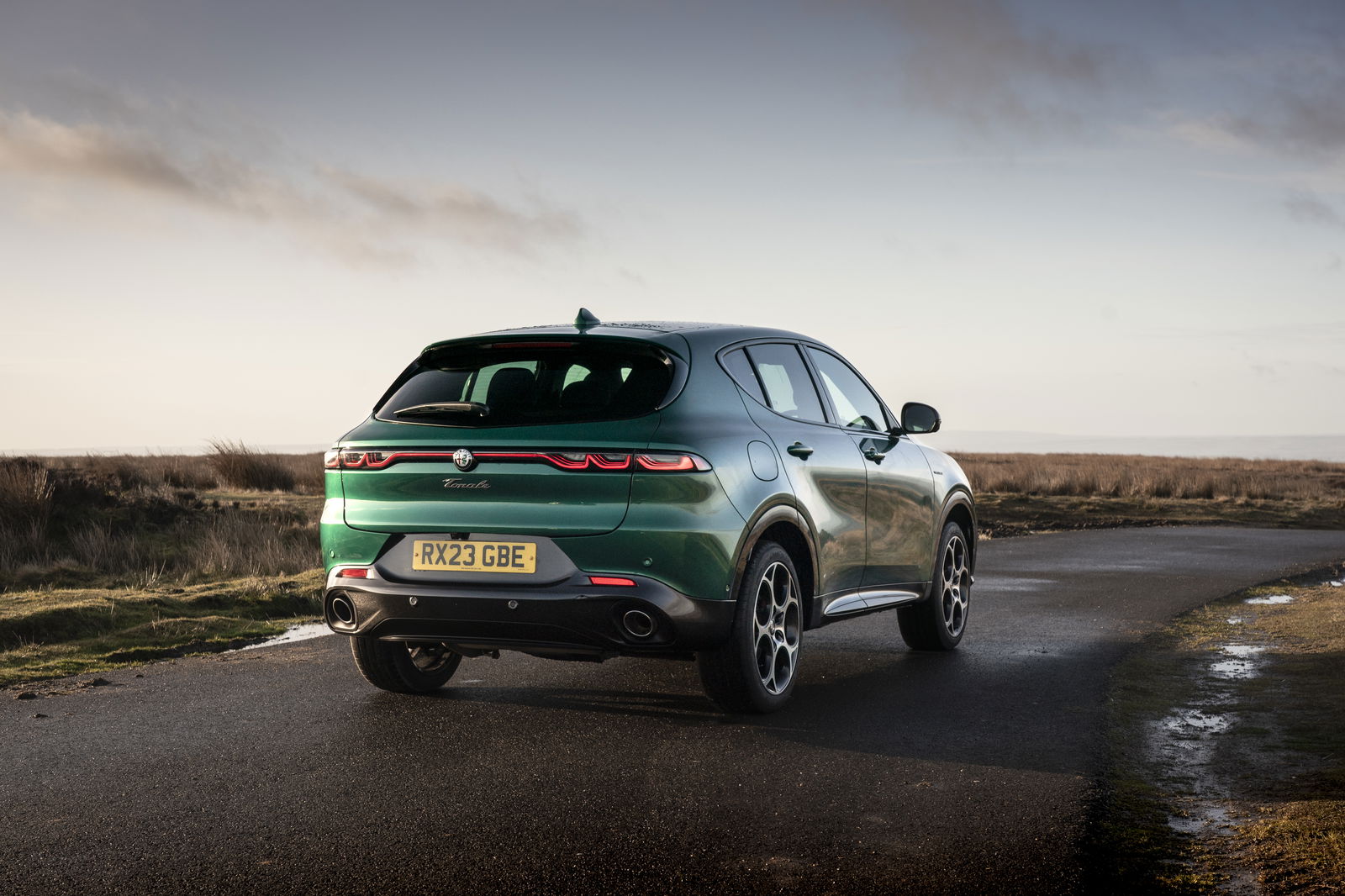
Those who want German will buy German, so the Alfa competes with the more against-the-grain likes of the Volvo XC40 and Range Rover Evoque. It’s going to better drive than either of those (as long as you keep it in Dynamic), but you won’t have quite as nice an interior, or as great of a choice of powertrains. Starting at £36,575 and rising to as £52,775 for a PHEV in top trim, it’s priced pretty consistently against the Volvo (which doesn’t offer a PHEV) and usefully undercuts the Rangie – so pricing, at least, is in its favour.
The Tonale’s not a bad car, but we know that, with more freedom (and likely budget), Alfa can do better. It feels like a slightly token effort to get a foothold in an incredibly important category. Alfa’s other cars not only feel a bit more complete, they feel more special, more… Alfa-ish, and this is where the Tonale misses out most. There’s only so much that having Italian words on the dials can do.

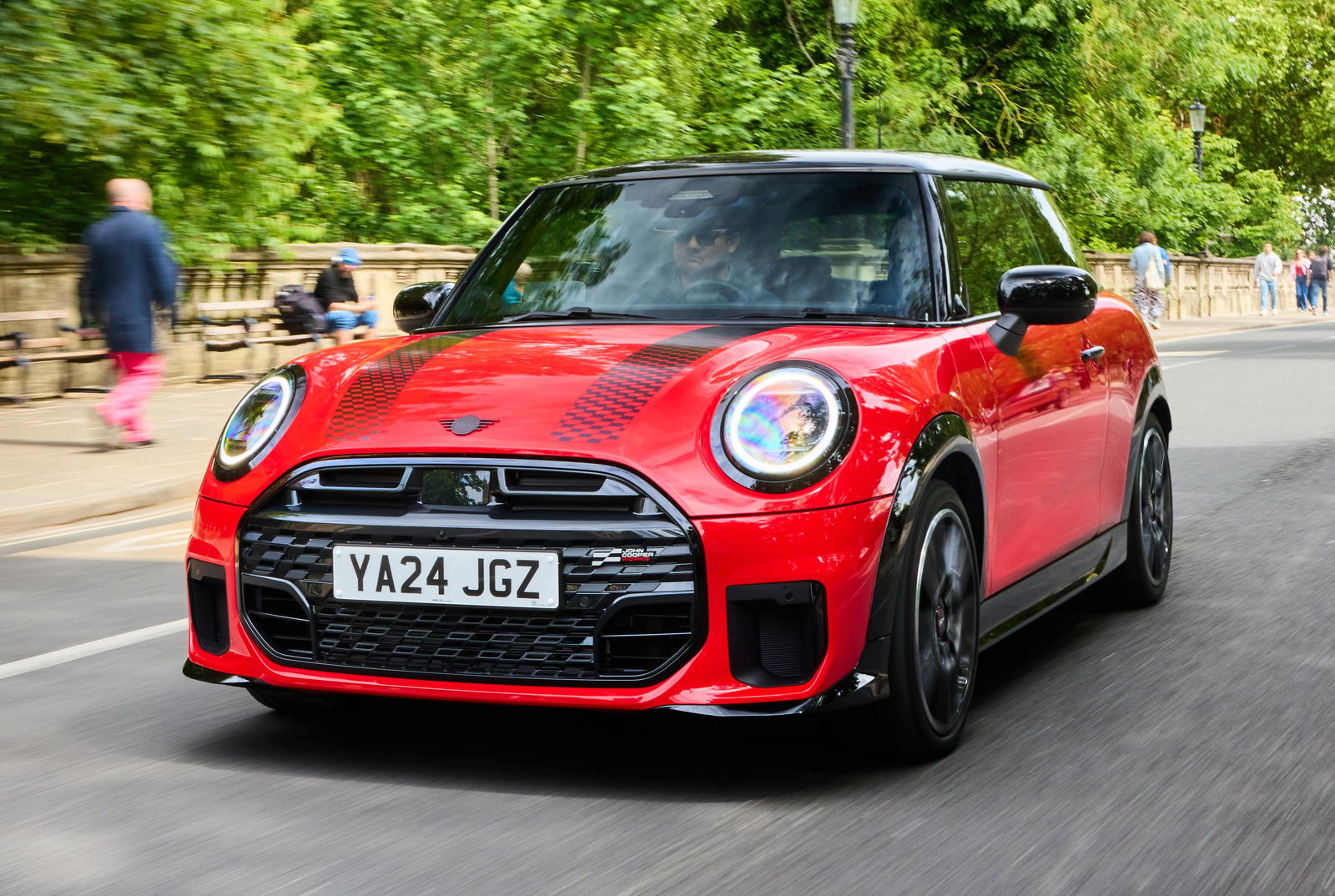

Comments